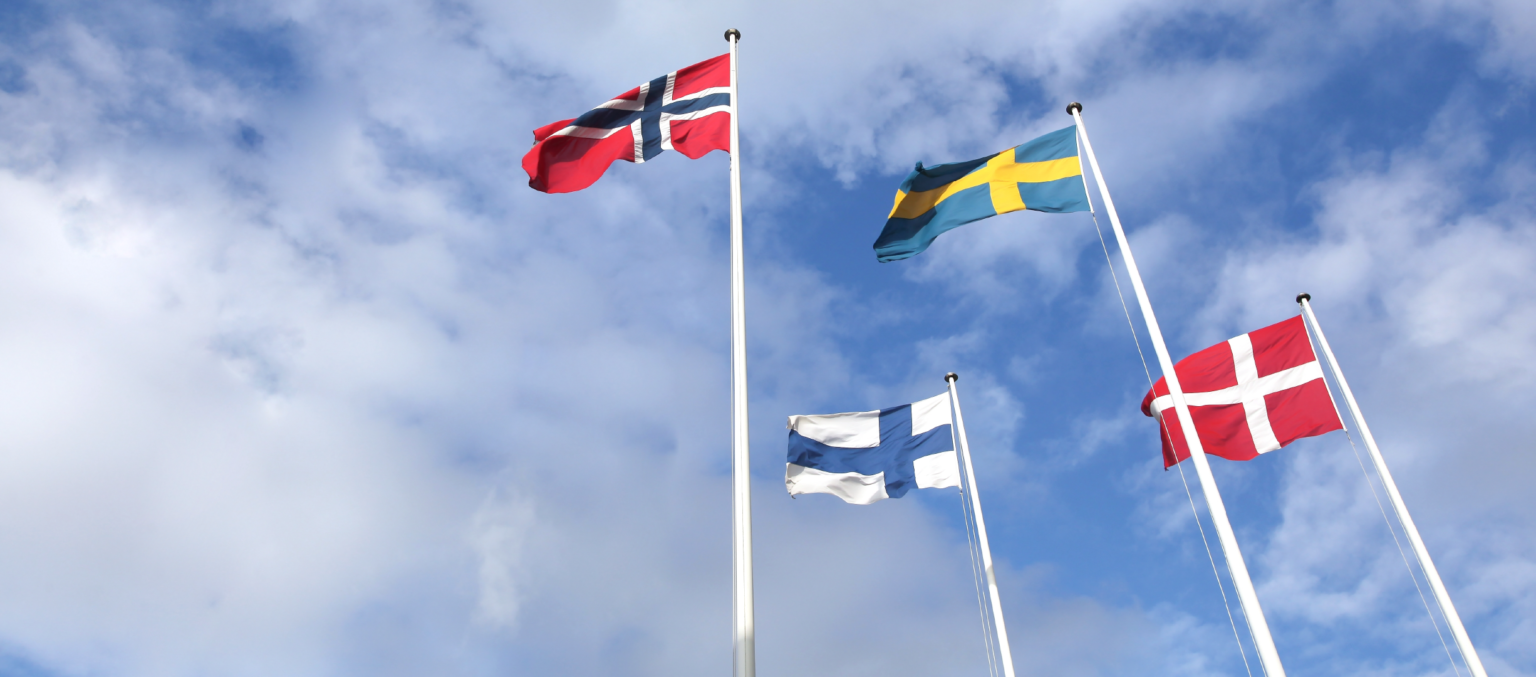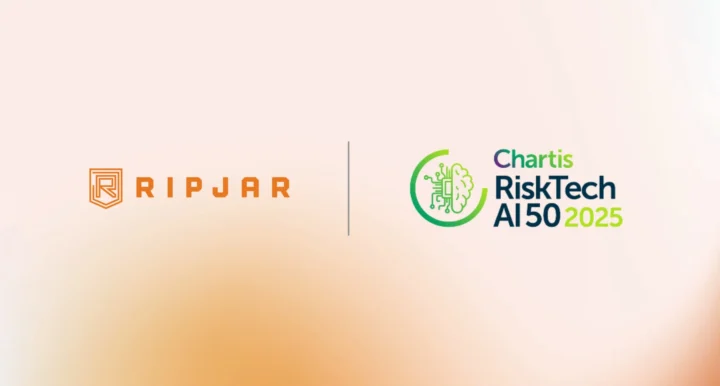Labyrinth Screening now supports four new Nordic languages: Norwegian, Danish, Swedish and Finnish. This takes the total number of supported languages to 26.
Rather than using translations, Labyrinth Screening carries out multilingual screening, whereby all documents and articles are screened natively in the language in which they are published, removing the risk of nuance or context being lost. While the platform was already screening versions of Nordic news stories which had been published in English or other supported languages, this new language update will enable customer AI Risk Profiles to benefit from an even wider range of data sources.
Why does Labyrinth Screening’s Nordic language update matter?
Recent spikes in financial crime in Nordic countries have meant that the ability to screen natively in those languages has increased in importance in combatting financial crime risk and ensuring Nordic AML compliance.
The addition of the new Nordic languages to Labyrinth Screening means we can now use a broader set of data sources – both from web-scraping and formal sources of data – providing more data points and richer data to enhance our AI Risk Profiles and provide greater screening confidence.
Not only can new media articles be processed in Nordic languages, but Labyrinth Screening can now also reprocess older Nordic-language documents already held in the platform’s data store, and use the full range of analytics on them. By supplementing existing risk profiles with any additional risk data or context extracted from these sources, this new Nordic language capability enables Labyrinth Screening to add even more value to our customers.
Over 63 million articles have already been processed in Norwegian, Danish, Swedish and Finnish since implementing these languages within Labyrinth Screening, with hundreds of new articles being added every day.
Within Labyrinth Screening, all our analytics are carried out in the source language of each individual news article or document, so as not to lose the nuance of the original language. The addition of these extra languages into the platform is therefore hugely valuable to any of our customers who are screening Nordic entities, as it ensures no context is lost by translating first.
How is Ripjar’s name screening different?
While other platforms may translate articles and documents before screening them, Labyrinth Screening only processes documents in the language in which they were written, ensuring it provides the most accurate, reliable results, with no loss of context.
In addition to its multilingual name-matching capabilities, Labyrinth Screening is also an industry leader on multi-script language screening, with the ability to screen languages with non-Latinate characters, such as those using Cyrillic, Arabic or logographic alphabets. It can also undertake transcription between languages and transliterate customer names from their native script into Latin characters – including the potential name variations this creates – ensuring the best possible identity-matching.
For example, Finnish has a particularly complex system of declensions – changes to a name’s representation that indicate properties like gender or grammatical case – with 51 types of declension, each with seven different grammatical cases. A Finnish surname like “Hautamäki” could be represented as diversely as “Hautamäen”, “Hautamäelle”, or “Hautamäkeä”, depending on the context:

Labyrinth Screening provides extensive declension handling, allowing us to correctly infer the nominative case – the base form of the name – more than 90% of the time, covering all the major declension types in each of the seven cases. This is essential for effective adverse media screening, as people and organisations are regularly mentioned with different declensions of their names in the news.
What are Nordic adverse media screening requirements?
As part of their EU membership, Denmark, Sweden and Finland (and Norway, as part of the EEA) are required to comply with the EU’s Sixth Anti-Money Laundering Directive (6AMLD) as well as their own national AML regulations.
Regulatory compliance in the Nordics involves the implementation of customer due diligence processes, transaction monitoring, sanctions and watchlist screening, and adverse media screening. For example, Denmark’s financial regulator, the Danish Financial Supervisory Authority, has risk management guidelines which state, “It is essential that financial institutions include media screening of customers and beneficial owners in customer due diligence.”
Also referred to as negative news screening (NNS), adverse media screening forms a vital part of a risk-based approach to compliance, as news and other media sources often highlight potential risk relating to people and organisations before it is officially confirmed. This early detection of risk is valuable in many ways, from anticipating criminal activity to avoiding reputational damage.
The addition of Norwegian, Danish, Swedish and Finnish languages into Labyrinth Screening – and the resulting ability to screen natively in these languages – is therefore another vital way to ensure that Nordic adverse screening requirements are met as robustly as possible and with the greatest accuracy.
Learn more about how Ripjar can support your adverse media screening in the Nordics
Last updated: 6 January 2025





